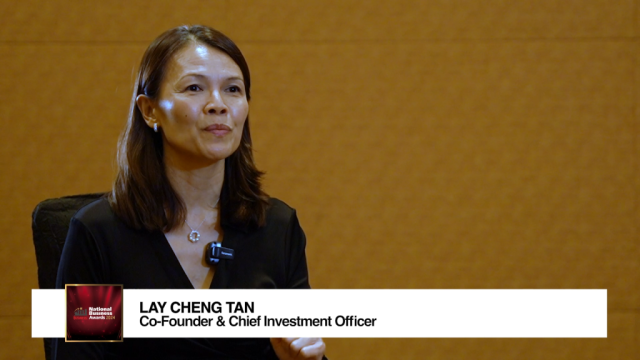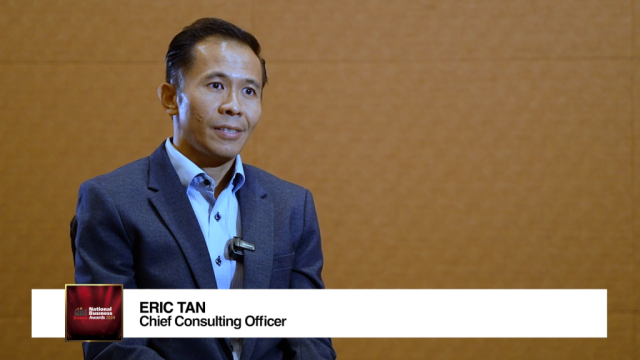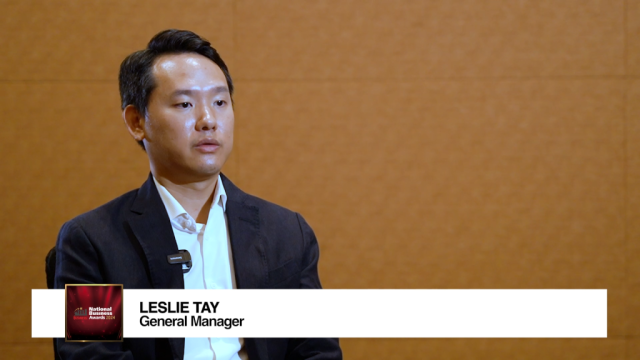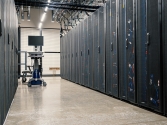Environmental concerns drive demand for top-tier logistics facility in Singapore
There is a push for a sustainable and efficient supply chain in Singapore's industrial real estate market.
As businesses and investors align more closely with global sustainability goals in Singapore's industrial real estate market, the focus is increasingly on transforming existing industrial assets into greener, more efficient versions of themselves.
According to Sally Tan, Senior Managing Director and Head of Client Solutions, Commercial, Industrial & Logistics at Savills Singapore, "Environmental concerns such as climate change and resource depletion, plus the health and wellbeing of the populations are the key drivers why so much interest is centred around sustainability."
These concerns are not just theoretical but have practical implications for real estate developers and owners aiming to meet the increasing demand for sustainable business practices.
As a city known for its dense urban environment, Singapore’s buildings significantly contribute to the carbon footprint, accounting for 20% of the nation's total. This figure drives the urgency for sustainable practices in the industrial sector.
Tan suggested that building owners looking to enhance sustainability should first "review their goals and objectives." If achieving green mark ratings is the goal, the priority should shift towards energy efficiency. Simple changes like "changing the light bulbs to LED" and installing energy-efficient systems can significantly reduce a building’s carbon output.
With a majority of industrial land in Singapore owned by the government authority, Jurong Town Corporation, and typically leased on 20 to 30-year terms, the opportunities for redevelopment are ripe, especially for assets nearing the end of their lease terms.
"There are other projects that will have redevelopment potential and will be the freehold asset and for freehold has assets due to the demand right now," Tan added, highlighting the trend towards converting older B1 or B2 industrial assets to higher specifications.
Beyond sustainability, occupiers are increasingly looking for features that boost operational efficiency such as optimised floor plates, enhanced ceiling heights, and greater power capacities.
























 Advertise
Advertise







Commentary
Outdated business continuity plans are putting IT infrastructure at risk
In a digital economy, the race is on for tech talent
Staying agile: Navigating the evolving cybersecurity landscape in Singapore